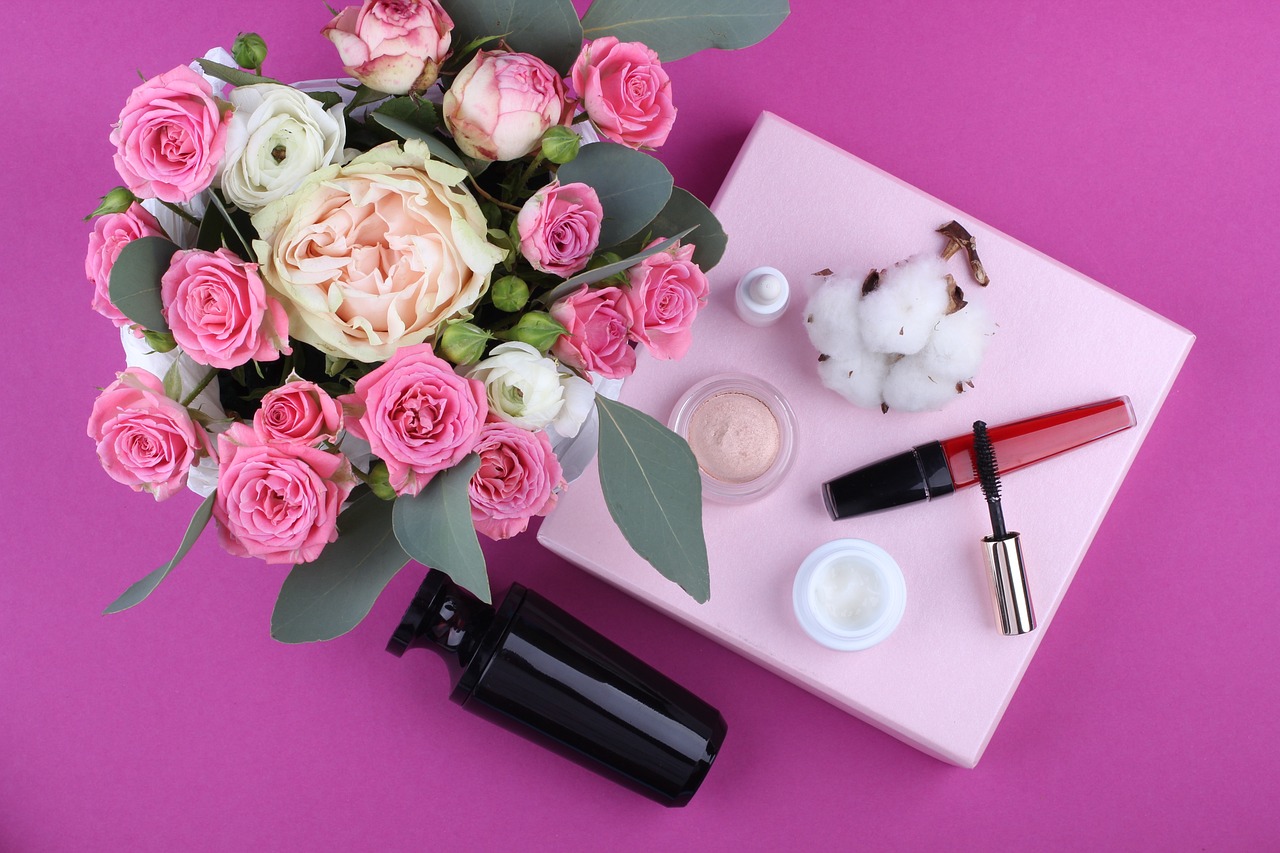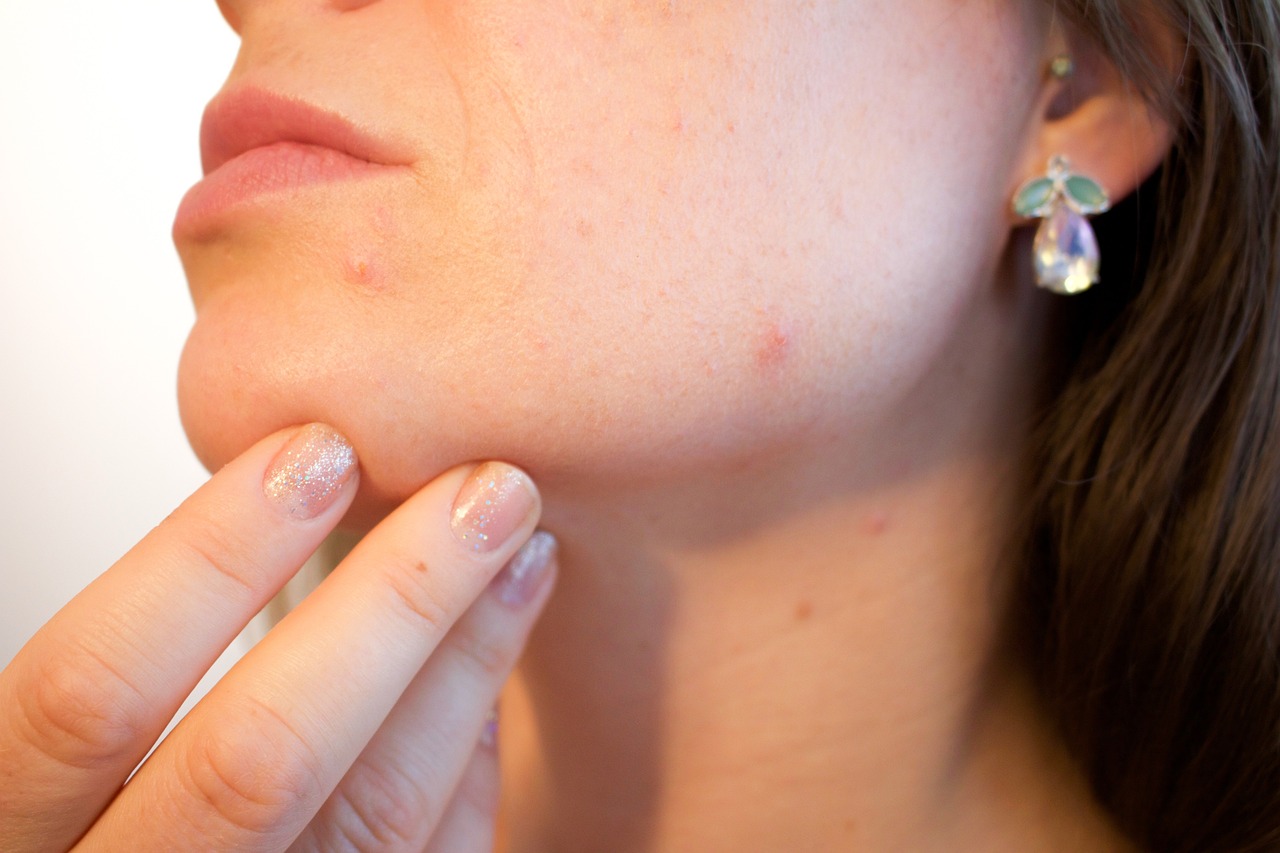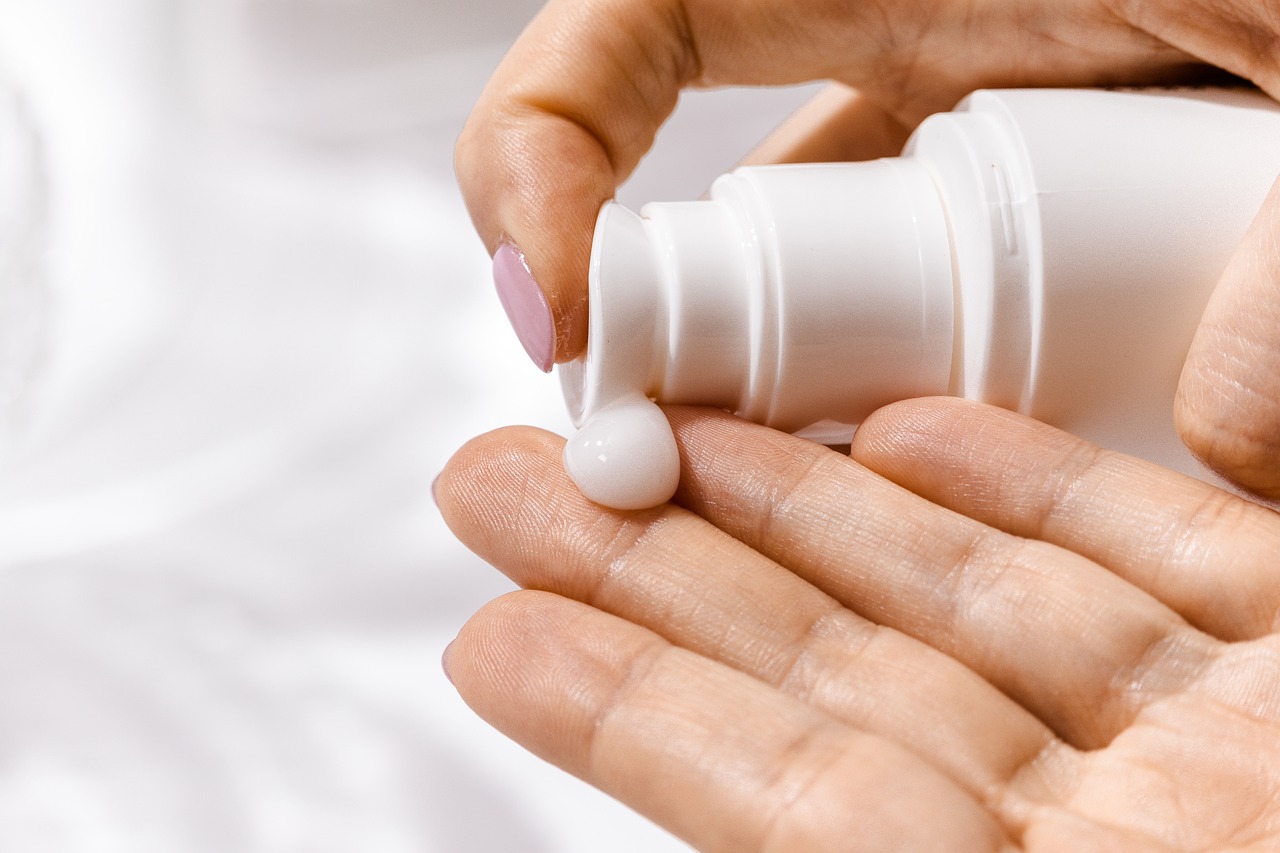When it comes to achieving radiant, healthy-looking skin, many of us might find ourselves overwhelmed by the barrage of skincare products and advice out there. Amid an abundance of serums, creams, and countless routines, it’s easy to forget that achieving that natural glow comes down to understanding a few core principles. You don’t need a shelf full of expensive potions—what you need are good habits and targeted knowledge. This guide breaks down essential skincare practices that anyone can incorporate into their daily routine to make their skin look and feel its best.
Understanding Your Skin Type
The first step in any effective skincare routine is understanding your skin type. Everyone’s skin is unique, and what works wonders for one person might cause irritation or breakouts for another. Skin can generally be categorized into four primary types: oily, dry, combination, and sensitive.
- Oily Skin tends to produce an excess of sebum, which can lead to enlarged pores and a shiny appearance. It may be prone to blackheads and acne.
- Dry Skin often feels tight and can appear flaky or dull due to a lack of moisture.
- Combination Skin features a mix of both oily and dry areas, typically with an oily T-zone (forehead, nose, and chin) and dry cheeks.
- Sensitive Skin can react to products or environmental factors, leading to redness, itching, or discomfort.
Determining your skin type is crucial, as it helps you pick the right products and ingredients that will best support your skin without causing harm. For example, someone with oily skin might benefit from a lightweight, oil-free moisturizer, whereas a person with dry skin might need something richer and more hydrating.
Gentle Cleansing: The Foundation of Skincare
Every successful skincare routine starts with a good cleanse. Throughout the day, your skin accumulates dirt, oil, pollution, and makeup residue, which can clog pores and dull your complexion if not properly removed. The key to an effective cleanse is choosing a gentle, sulfate-free cleanser that doesn’t strip your skin of its natural oils.
For morning routines, a mild cleanser is often enough to remove the oils that your skin produces overnight. At night, however, it’s essential to thoroughly cleanse the skin to remove the day’s buildup. Consider the double-cleansing method, which involves using an oil-based cleanser to remove makeup and sunscreen, followed by a water-based cleanser to get rid of impurities. This approach ensures that your skin is thoroughly clean without being overly dried or irritated.
Hydration: The Key to Glowing Skin
Moisture is essential to keeping your skin barrier healthy and balanced. Hydrating your skin doesn’t just mean slathering on a moisturizer—it starts with using a hydrating toner or essence after cleansing to prep the skin. This helps your skin absorb the subsequent products more effectively.
Choose a moisturizer based on your skin type:
- For oily skin, look for lightweight, gel-based moisturizers that provide hydration without clogging pores.
- If you have dry skin, opt for richer, cream-based products that contain emollients and occlusives to lock in moisture.
- Combination skin benefits from a balanced moisturizer that can hydrate dry areas without overwhelming the oilier parts.
Incorporating a hyaluronic acid serum is another excellent way to lock in hydration. Hyaluronic acid can hold up to 1,000 times its weight in water, making it an amazing ingredient for maintaining skin’s moisture balance.
Exfoliation: Shedding the Old for the New
Exfoliation is a game-changer when it comes to achieving radiant skin. By removing dead skin cells from the surface, exfoliation helps to reveal fresher, more even-toned skin underneath. There are two main types of exfoliation—physical and chemical.
- Physical exfoliation involves using scrubs or brushes to manually remove dead skin. Be cautious with physical exfoliants as over-exfoliating or using harsh particles can lead to micro-tears in the skin and cause irritation.
- Chemical exfoliation utilizes acids, such as alpha hydroxy acids (AHAs) or beta hydroxy acids (BHAs), to dissolve the bonds between dead skin cells, making them easier to slough away. Chemical exfoliants are often more effective and less abrasive than their physical counterparts, especially for sensitive skin types.
It’s crucial not to overdo it—once or twice a week is enough for most skin types. Over-exfoliation can lead to a compromised skin barrier, redness, and sensitivity.
The Importance of Sun Protection
No skincare routine is complete without daily sunscreen application. Ultraviolet (UV) radiation from the sun is one of the biggest culprits of premature aging, hyperpigmentation, and even skin cancer. Using a broad-spectrum sunscreen with at least SPF 30 every day, rain or shine, is non-negotiable if you want to maintain youthful and healthy skin.
Many people underestimate the need for sunscreen during cloudy days or when spending time indoors. However, UVA rays can penetrate glass and are present throughout the year, making daily sunscreen application essential even if you’re indoors. If you are concerned about sunscreen feeling heavy or greasy, try a lightweight, mineral-based formula that works well under makeup.
Targeted Treatments: Serums and Actives
Once you have a solid basic routine, you can start adding targeted treatments to address specific skin concerns. Serums are concentrated products formulated to tackle particular issues such as acne, hyperpigmentation, or aging.
- Vitamin C is a powerful antioxidant that brightens the skin, reduces dark spots, and helps protect against environmental damage.
- Retinoids (including retinol) are among the most effective ingredients for increasing cell turnover, reducing fine lines, and improving skin texture. Start slowly with retinol to avoid irritation—once or twice a week initially.
- Niacinamide is a great all-rounder that can help improve skin elasticity, even out skin tone, and strengthen the skin barrier.
The Role of Lifestyle in Skincare
While skincare products play an essential role, it’s important to remember that your lifestyle significantly impacts the health of your skin. Diet, hydration, sleep, and stress management are key components of achieving and maintaining radiant skin.
- A balanced diet rich in antioxidants, healthy fats, and vitamins can improve skin health from the inside out. Foods like berries, leafy greens, fatty fish, and nuts provide nutrients that support skin elasticity and radiance.
- Staying hydrated is crucial, as water helps flush out toxins and maintain the skin’s moisture balance.
- Quality sleep allows your skin to repair itself. During deep sleep, the body increases blood flow to the skin, leading to a more vibrant complexion.
- Stress can wreak havoc on your skin, causing breakouts, dullness, and exacerbating conditions like eczema or psoriasis. Incorporating stress-reducing activities like yoga, meditation, or even a daily walk can do wonders for your skin and overall well-being.
Consistency is Key
Skincare is a journey, not a quick fix. Consistency is crucial when it comes to seeing results from your routine. Many active ingredients, like retinol or vitamin C, require several weeks of consistent use before their benefits become visible. It’s also important to be patient and introduce new products slowly to avoid overwhelming your skin.
Listen to Your Skin
Finally, always listen to what your skin is telling you. The condition of your skin can change due to a variety of factors, including hormones, weather, and stress levels. What worked for you in the summer might need adjusting in the winter, and that’s perfectly normal. Paying attention to how your skin reacts to different products and adjusting your routine accordingly will help keep your skin healthy and radiant year-round.
The journey to radiant skin isn’t about perfection; it’s about finding what makes your skin feel its best. With a little care, knowledge, and consistency, that healthy glow is well within reach.










